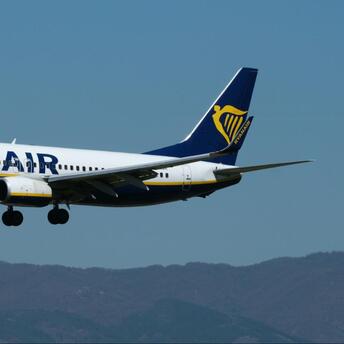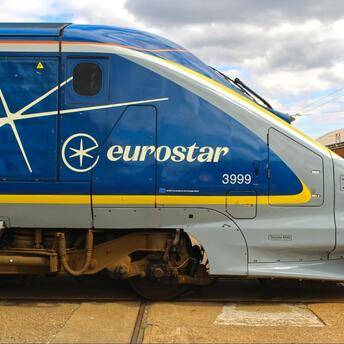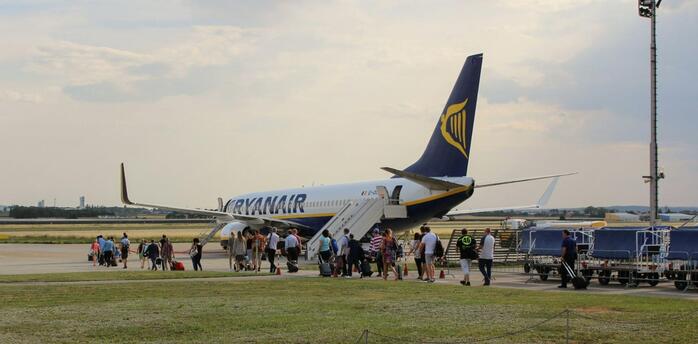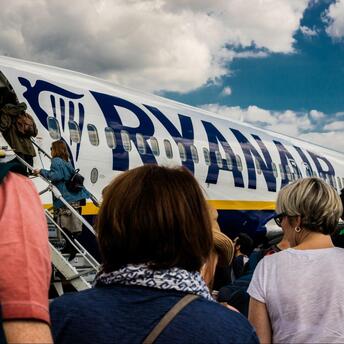Spotlight on the World’s Busiest Airports with Surprisingly Few Widebody Flights
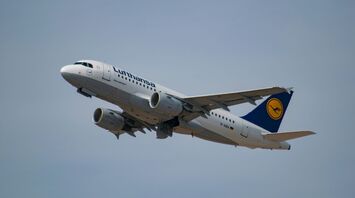
In May, the aviation industry witnessed over 100,000 daily scheduled passenger flights globally, with the top 100 busiest airports handling a staggering 43% of these operations. However, not all busy airports are frequented by widebody aircraft, which are typically used for long-haul international flights.
The Predominance of Narrowbody Flights at Major Airports
Despite their bustling activity, several of the world’s leading airports have a remarkably low number of widebody flights. This is particularly true for airports with significant domestic traffic, such as those in the United States and China, where narrowbody aircraft dominate due to a higher volume of short-haul routes.
Among the top 100, the airports with the highest daily departures—such as Atlanta, Chicago O'Hare, Dallas/Fort Worth, and Denver—primarily rely on narrowbodies or regional jets, even though they each manage 900+ daily one-way flights. Conversely, airports like Tokyo Haneda stand out for their substantial number of widebody departures, thanks to significant domestic and international traffic.
Notable Airports Without Widebody Services
Interestingly, three of the world’s busiest airports—New York LaGuardia, Washington Reagan, and São Paulo Congonhas—do not schedule widebody aircraft at all. This is largely due to their physical constraints, such as shorter runway lengths and specific operational rules like the perimeter restrictions at Reagan and LaGuardia.
The Influence of Airport Infrastructure and Regulations
The lack of widebody flights at these airports underscores the impact of infrastructure and regulatory environments on flight operations. For example, São Paulo Congonhas and Washington Reagan, both of which serve as secondary airports in their respective cities, have runways under 6,200 feet, making them unsuitable for the larger, twin-aisle aircraft.
A Closer Look at U.S. Trends
In the U.S., airports with fewer than 2% of departures by widebodies include some of the busiest hubs. Denver International stands out among them, predominantly operating narrowbody and regional jets despite its high traffic volume. This trend reflects the extensive network of domestic routes that characterize the U.S. aviation market.
Global Implications and Future Outlook
The distinct operational profiles of these airports highlight the diversity in global air travel and emphasize the role of regional markets in shaping airport traffic. As airports continue to evolve and adapt, the dynamics of aircraft types and route structures will also shift, potentially leading to changes in how airports are utilized based on passenger demand and aircraft technology advancements.
While widebody aircraft are a common sight at many of the world’s major airports, a significant number of busy hubs operate primarily with narrowbody jets. This trend is influenced by a variety of factors including geographical location, airport infrastructure, and market demand, particularly in domestic-dominated regions like the U.S.






